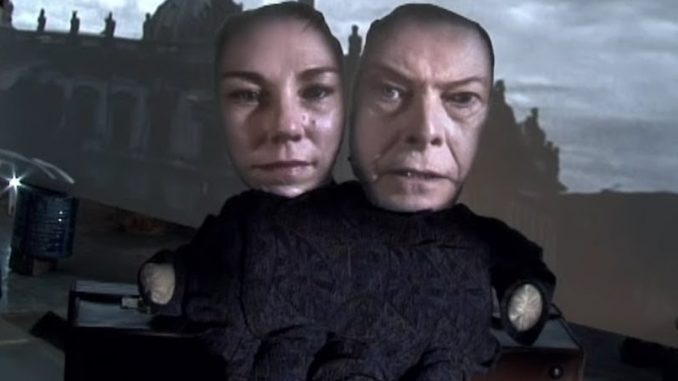
David Bowie’s first single from his album The Next Day (2013), “Where Are We Now,” asks one to consider the performative possibilities of traces, of fragments of memory. Memory, of course, is not confined to the past, it reaches forward to be performed in the present. While most of the journalistic output about this song has treated it as a solely personal narrative, there is another interpretation, one that has a larger historical meaning. Through analysis of the instrumentation and vocals in the song, in conjunction with the images of Berlin shown in the music video for “Where Are We Now,” this talk considers the work the sonic and visual traces do to transmit a rare moment of political commentary from David Bowie, concerning post-wall Berlin.
David Bowie’s musical works have always been accompanied by powerful visual components, whether carefully designed stage shows, eye-catching album covers, or videos that contribute additional meaning. Indeed, Bowie had been pairing his songs with the moving image since 1967, over a decade before MTV made it commonplace. After a decade of silence, Bowie released “Where Are We Now” on the Internet simultaneously with the video. He did not just release an audio single because the video had to exist in order to fully understand Bowie’s riddle of a song. Aurally, the track itself is most certainly referencing his now famous Berlin Trilogy: Low (1977), Heroes (1977), and Lodger (1979). However, visual cues given in the video are often of Berlin post 1989. Thus, the song is not entirely a self- referencing piece of nostalgia. Rather, Bowie uses personal memories of his time in Berlin to illuminate and question the transformation of the city, which is linked to the radical change that swept across Berlin when the wall came down and global capitalism took hold.
When: October 8, 2023 | 2:00pm – 3:00 pm
Where: The Wende Museum, 10808 Culver Blvd, Culver City, CA 90230
For more information please click here